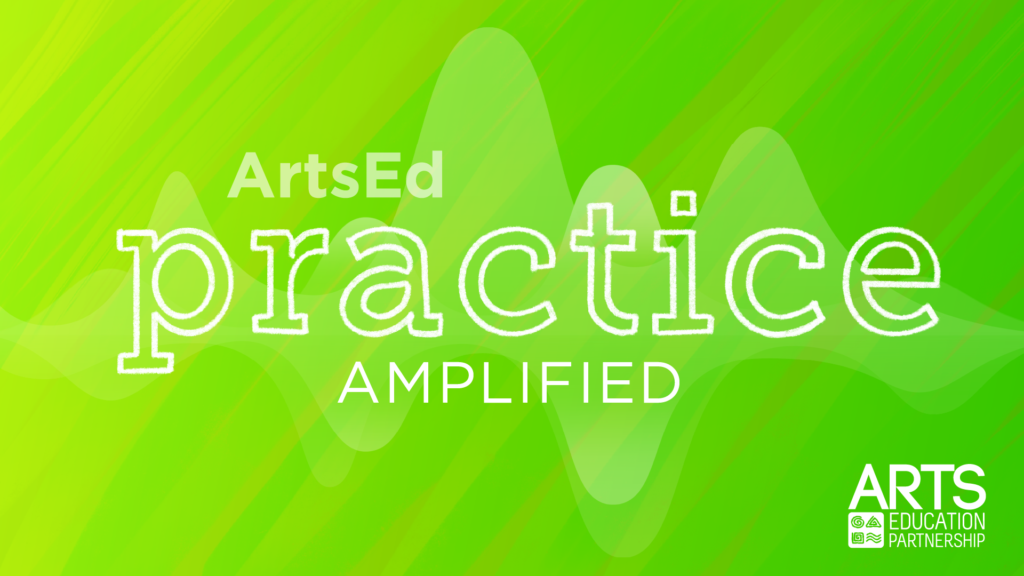Linking Learning and the Arts in ArtsConnection’s DELLTA Program

What is the nature of teaching and learning in dance and theater; and, in what ways do they influence second language acquisition? At first glance, these two things might seem to have nothing to do with each other, but they do. When students engage in authentic arts-learning experiences in dance and theater, they have opportunities to combine cognitive, kinesthetic and affective experiences that inspire intrinsic motivation — in turn, supporting English-language acquisition.
Since 1979, ArtsConnection has provided experiences like these to millions of students through innovative arts programming in the New York City public school system — enhancing children’s intellectual, personal and social growth, while also developing award-winning educational models. By bringing together teaching artists, teachers of English language arts and English as a New Language to collaborate with ArtsConnection staff, we launched the Developing English Language Literacy Through the Arts (DELLTA) program in 2005-06.
The goals of the program, funded by a grant from the U.S. Department of Education, are to engage students in learning to work and think like artists, improve second-language acquisition, and build academic mindsets to create a foundation that supports college and career readiness for English-language learners. The results of practitioner research — as well as research conducted by an outside evaluator — show that arts learning in the DELLTA programs effectively supports English-language acquisition. Using ArtsConnection’s methods, learning in the arts is both novel and complex because it:
- Promotes inquiry-based thinking. The artistic process is one of posing questions, exploring and making choices that requires using imagination and higher-order thinking skills. Students learn to work collaboratively in the unknown territory of artistic creation.
- Supports experiential and kinesthetic learning. Students learn to communicate through body, facial and vocal expression, and can express more complex ideas and understanding than their limited English capacities allow. Cognition begins in the body; vocabulary and knowledge build from the immediacy of experience.
- Lowers the affective filter. Students engage in a creative process, make artistic choices and develop a personal stake in the outcome — which helps them take greater risks, particularly in areas of communication.
- Provides opportunities for authentic use of English. Learning in the arts connects language and action; most of the language that students are exposed to in the classroom is decontextualized, and, to comprehend it, the learner must rely on language alone. When explaining classroom tasks, teachers often explain difficult language to English learners by using more language — and this forces students to rely only on linguistic input. In the performing arts, language and action closely correspond and students acquire vocabulary in an integrated way. For students collaborating in the creation of a work of art, the experience also provides opportunities for self-generated conversations that are not facilitated by an adult and that hold personal meaning.
- Provides opportunities for immediate and relevant problem-solving. Both the art-making and collaborative portfolio processes in DELLTA make student choice and actionable feedback visible, building ownership of learning.
The DELLTA program’s work with English learners and their teachers in arts, humanities and English as a New Language continues, as we explore new dimensions of teaching and learning in the arts and second-language acquisition. We welcome others to join the conversation and explore resources on our website.
This guest post comes from Carol Morgan, deputy director for education at ArtsConnection.
The ArtsConnection Digital DELLTA project is featured as part of the Arts Education Partnership Success Stories Initiative, which illustrates ways in which the arts are leading the way to student success across the country. Be sure to subscribe to the ArtsEd Digest and follow us on Twitter to learn more about the importance of creating, maintaining and expanding access to arts education for all students.



